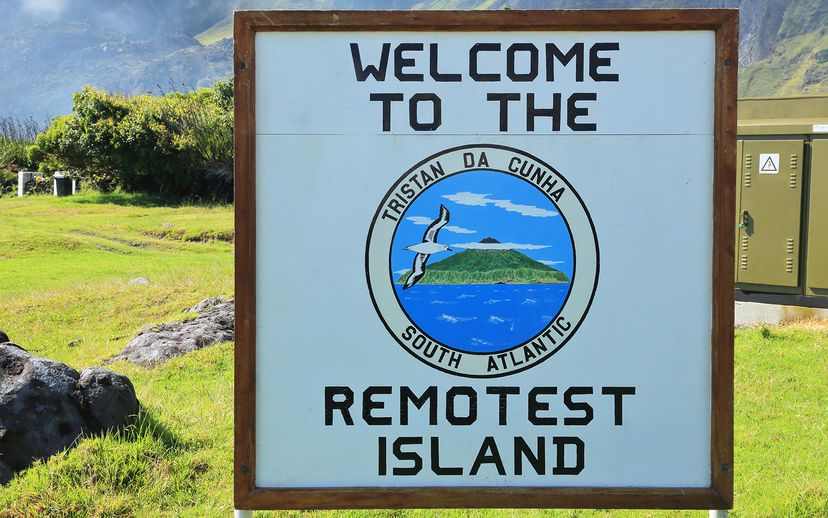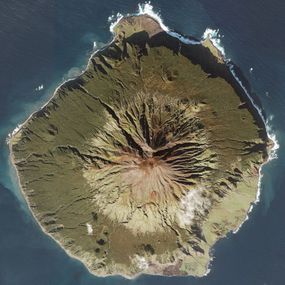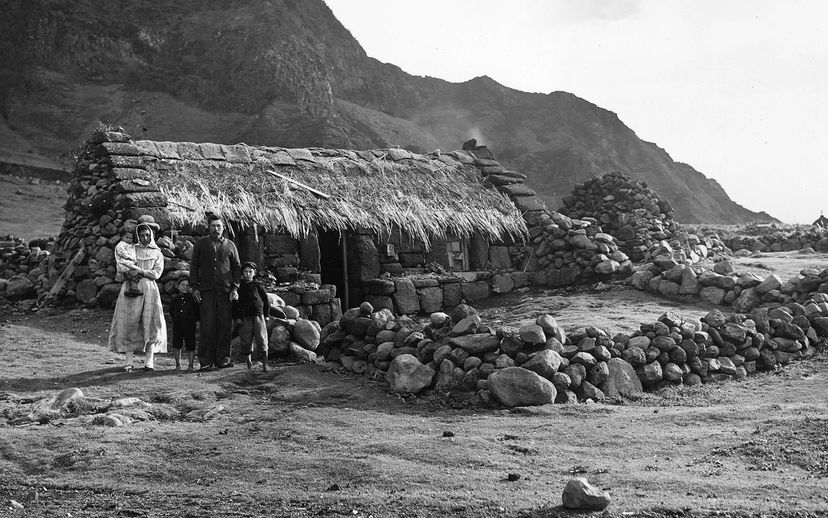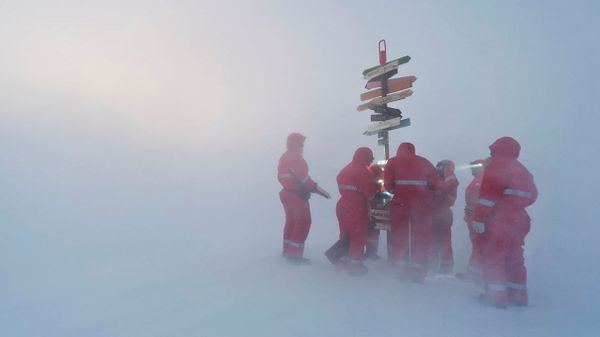
We live in a technologically advanced and interconnected world. Places that were once almost impossible to reach are now accessible by roads, waterways and airplanes. In fact, 90.7 percent of the global population from developed countries lives within an hour's travel of a major city. In low-income countries that number drops to 50.9 percent. We know both of those stats thanks to the Malaria Atlas Project, a massive collaborative undertaking that sought to quantify peoples' access to cities.
But what about the places that take hours, or even days, to reach? What about those far-away lands that remain inaccessible, uninhabited and secluded — in other words, the most remote spots on Earth?
Advertisement
To determine whether a location qualifies as "remote," you should consider the inaccessibility of the place (how difficult it is to reach) and its isolation (the distance from the nearest inhabited location). In terms of inaccessibility, the Point Nemo, which is in the South Pacific, more than 1,553 miles (2,500 kilometers) from any landmass [source: Murrell]. Neither of these locations are inhabited by humans.

What's the most remote inhabited location on Earth? A place called Tristan da Cunha. As of Feb. 17, 2022, there were 257 people, mostly British citizens, living on this archipelago, which sees a ship carrying mail, cargo and passengers about once a month [source: Tristinandc].
Tristan da Cunha is located at 37 degrees south latitude and 12 degrees west longitude, 1,242 miles (2,000 kilometers) from St. Helena and 1,740 miles (2,800 kilometers) from the nearest mainland, the Cape of Good Hope, South Africa. It sits in the South Atlantic Ocean, between South America and Africa, west and slightly south of the Cape of Good Hope. Tristan is circular in shape and is about 6 miles (10 kilometers) in diameter with a total area of only about 30 square miles (78 square kilometers).
The summer season falls between December and March. During the winter months, the central volcanic peak of Tristan, which rises to a height of 6,760 feet (2,062 meters), is covered in snow. Tristan da Cunha, the main island, is the only inhabited island in the chain. The other islands that make up the archipelago — Nightingale, Stoltenhof, Gough, Middle and the appropriately named Inaccessible — are not populated by humans.
But how did people come to inhabit this remote island chain? And how did they find out about it in the first place?
Advertisement

